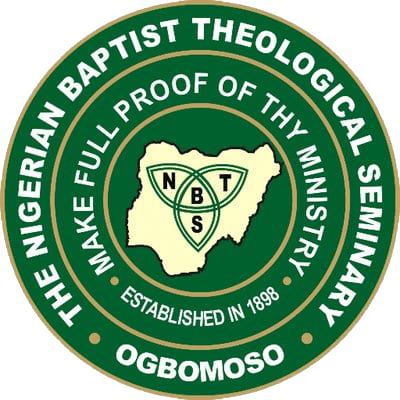Text: Stuart K. Hine
Tune: O STORE GUD, Carl Boberg
Genre: Hymn
Language: English (translated from Swedish, German, and Russian)
Scripture References: Psalm 8:1-9, 19:1-4, 30:12, 52:9, 66:5, 86:12, 89:1, 115:18, 145:1-2, 21; Isaiah 53:1-12; Jeremiah 10:6; Nehemiah 9:5; Matthew 20:28; Mark 10:45; John 1:29, 3:16; Acts 4:12, 20:28; Romans 1:18-20, 5:6-10, 6:23; 1 Corinthians 1:30, 6:20; 2 Corinthians 5:21; Galatians 1:3-4, 3:13; Ephesians 1:7; Colossians 2:14; 1 Timothy 2:6; Titus 2:14; Hebrews 9:12, 15, 22, 26; 1 Peter 1:17-21, 2:24; 1 John 1:7, 2:1-2; Revelation 5:9-13
Liturgical Functions/Seasons: Baby Dedication, Praises/Adoration, Thanksgiving, Wedding
Themes: Testimony
Hymnal References: Baptist Hymnal 1956, Methodist Hymnal #17
Southern Sweden was the place where “How Great Thou Art” had its beginning in 1886.
It was written in the home of author and editor, Carl Boberg, a member of the Swedish Parliament from 1912 to 1931. The song was known in several countries before it finally reached the shores of the United States. Boberg said of the writing of his song,
“It was in 1885, and in the time of year when everything seemed to be in its richest coloring; the birds were singing in trees and wherever they could find a perch. On a particular afternoon, some friends and I had been to Kronobäck where we had participated in an afternoon service. As we were returning a thunderstorm began to appear on the horizon. We hurried to shelter. There were loud claps of thunder, and the lighting flashed across the sky. Strong winds swept over the meadows and billowing fields of grain. However, the storm was soon over and the clear sky appeared with a beautiful rainbow.”
It was the British minister, Stuart K. Hine, who contributed heavily to the version of “How Great Thou Art” that we are familiar with today. However, the original text came from a Swedish preacher, Carl Boberg, who wrote his lyrics after a unique experience on the southeast coast of Sweden. The experience was chronicled in an episode of the Mormon Channel’s History of Hymns. An excerpt is below:
“Boberg’s inspiration for “How Great Thou Art” came from a visit to a beautiful country estate on the southeast coast of Sweden. He got caught in a midday thunderstorm with awe-inspiring moments of flashing violence, followed by a clear brilliant sun. Soon afterwards he heard the calm, sweet songs of the birds in nearby trees.”
The experience prompted Boberg to “fall to his knees in humble adoration of his mighty God.” A nine-stanza poem beginning with the Swedish words “O Store Gud, nar jag den varld beskader” captured his exaltation of how great God is. Stuart K. Hine was a Bristish Methodist missionary on a mission trip in Ukraine in 1931 when he heard the Russian translation of a German song inspired by Carl Boberg’s poem “O Store Gud” (O Great God). Hine began to translation the song to English and added several verses. The third verse was inspired by the conversion of villagers in Russia who cried out to God loudly as the repented and realized God’s love and mercy – “And when I think that God, His Son not sparing, sent Him to die, I scarce can take it in.”
Stuart Hine and his family left Ukraine as famine and World War Two began, and settled in Somerset, Britain where he continued to serve as a missionary to Polish refugees. The forth verse of “How Great Thou Art” was inspired by displaced Russians who experienced great loss and looked forward to seeing their loved ones again in heaven – “When Christ shall come with shout of acclamation to take me home, what joy shall fill my heart.” The final English version of “How Great Thou Art” was published in 1949 and quickly spread among Britian, Africa, India and America. (https://www.godtube.com/popular-hymns/how-great-thou-art/accessed24/11/22).
Sources:
Vince Wright, https://www.thebereantest.com/stuart-k-hine-how-great-thou-art April 3, 2019 accessed 16-11-22.
Blogger (Michael Elkan), https://scriptureand.blogspot.com/2012/06/scripture-and-how-great-thou-art.html /accessed 23-11-22.
Contributed by Victoria O. Ayano.

